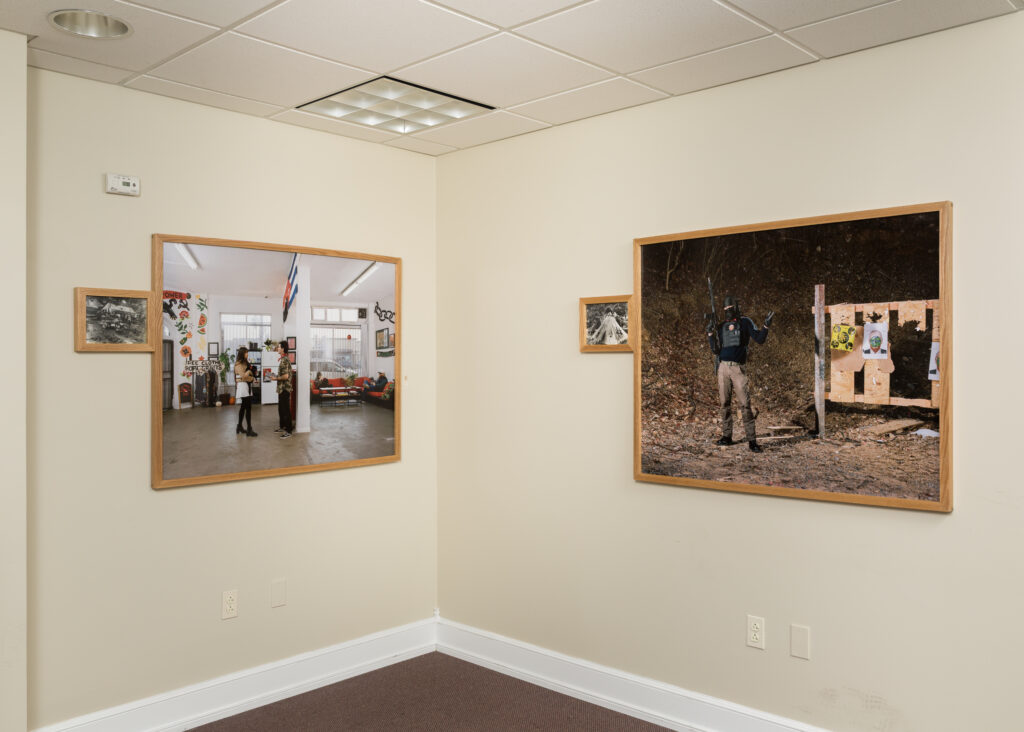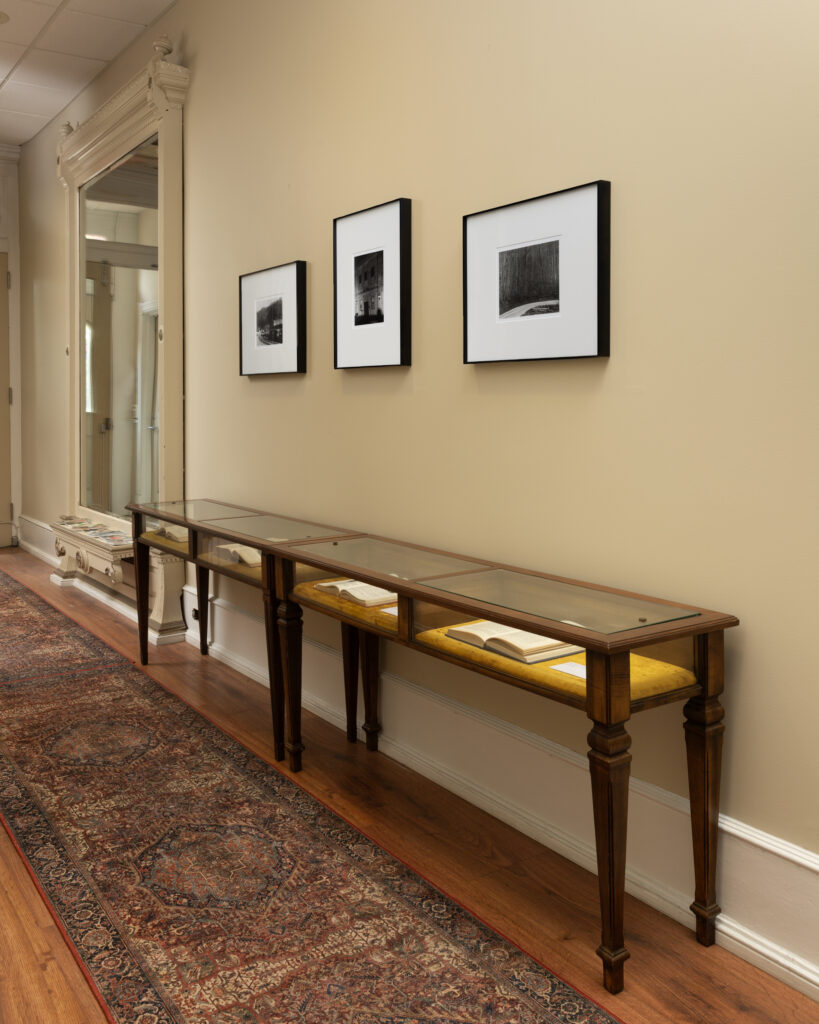Visiting Scholar Series
Every year, MARCH invites scholars to Rutgers Camden who have roots in or conduct research on the Mid-Atlantic region. The Visiting Scholar Series offers both traditional lectures and academic talks, as well as hands-on workshops.

In fall 2025 we welcome artist and documentarian Ian Byers-Gamber as our Visiting Scholar. Byers-Gamber will lead a series of talks and workshops about his exhibition I Come Creeping, a historiographic project that explores the history of the 1921 Battle of Blair Mountain in West Virginia.
I Come Creeping opens on Thursday, September 25. The exhibition is open to view Tuesdays – Thursdays, 9 am – 4 pm and by appointment. Register for opening
Artist Talk and Tour Thursday, October 23 12:45 – 1:45 pm
Artist-led Workshop Wednesday, November 19 11:20 am – 12:20 pm

Mustering during 1921’s Battle of Blair Mountain, 10,000 racially‑integrated, largely‑Socialist striking coal miners greeted each other, “I come creeping.” The shibboleth distinguished and protected them from the private police, sheriffs, and strikebreakers of their robber baron bosses.
In the hypercapitalist present day, such histories of violent uprising offer fresh lessons—on the power of the people, and the means we have to liberate ourselves.

Artist Statement
I Come Creeping is a historiographic project that excavates the ongoing struggle over the memory of Blair Mountain. In the century since 10,000 West Virginian coal miners defended their lives and their livelihoods from extreme state and paramilitary violence, this history, alongside the legacy of the broader labor movement, has been forgotten, dismissed, and otherwise co‑opted. In this project, I trace current efforts by the community to preserve the miners’ legacy, ideological and material, in contrast to the lacunae in textbooks and other archives of power. Taken altogether, I Come Creeping therefore serves two ends: one, didactic, to celebrate a long-silenced example of leftist uprising; and two, translative, to survey the history’s continuing urgency and extend its lessons to the present.
Over the past year, I’ve traveled some 2,200 miles, visiting and revisiting the historic sites of the Mine Wars. On these trips, I produced on-site photographs while conducting material research, always in community with the current steward of Blair Mountain’s history, the West Virginia Mine Wars Museum. I’ve accompanied museum workers and volunteers on two archaeological digs, both permitted and “dirty” (read: on land still owned by the same coal companies against whom the Battle of Blair Mountain was fought). Back in the studio, I produced objects, by myself and in collaboration with my partner Jinha, to push against the documentary mode’s tendency to historicize.
This is important to me because the history of the Mine Wars was first shared with me as a balm against defeatism. Doing mutual aid work during Los Angeles’ early COVID lockdowns, my fellow organizers passed around this history the way we shared PPE and other strategic resources. The seeming improbability of Blair Mountain to contemporary audiences reminded us of the power of the people, and the means we have to liberate ourselves. The Mine Wars is a live thing, reaching out to the present to demonstrate what is possible; this is why I made a key image in the show, Transmission, at the organizing space those comrades run back in LA. It was the last photograph I produced for I Come Creeping: a full circle, a report-back, a reorientation toward why I find this history so worth cultivating.
My project leverages historiography and museology to examine Blair Mountain in its capacity as leftist agitprop. I triangulate my subjective approach to artmaking within such a constellation, not to play artist-historian, but to turn history to art’s ends: that is, to quote Toni Cade Bambara, “to make the revolution irresistible.” The past decade’s global slide into ultra-conservatism has only strengthened Bambara’s evergreen imperative. I hope, in short, that I Come Creeping introduces the history of the Mine Wars to new audiences, who may then turn with fresh motivation to community care and defense.
Ian Byers-Gamber is a Philadelphia based artist and art documentarian with roots in Bloomington, IN and Los Angeles, CA. He holds an MFA from Rutgers University. Through photography, sculpture, and installation he investigates silenced histories and hidden archives. Byers-Gamber makes work in the service of a liberatory politic, celebrating community within and around the institutions that shape how we engage with the world.
His work has been shown at Westbeth Gallery, the Chan Gallery at Pomona College, Rutgers Mason Gross Galleries, Yucca Valley Material Lab, CSU Dominguez Hills, the Re Institute, and more.
